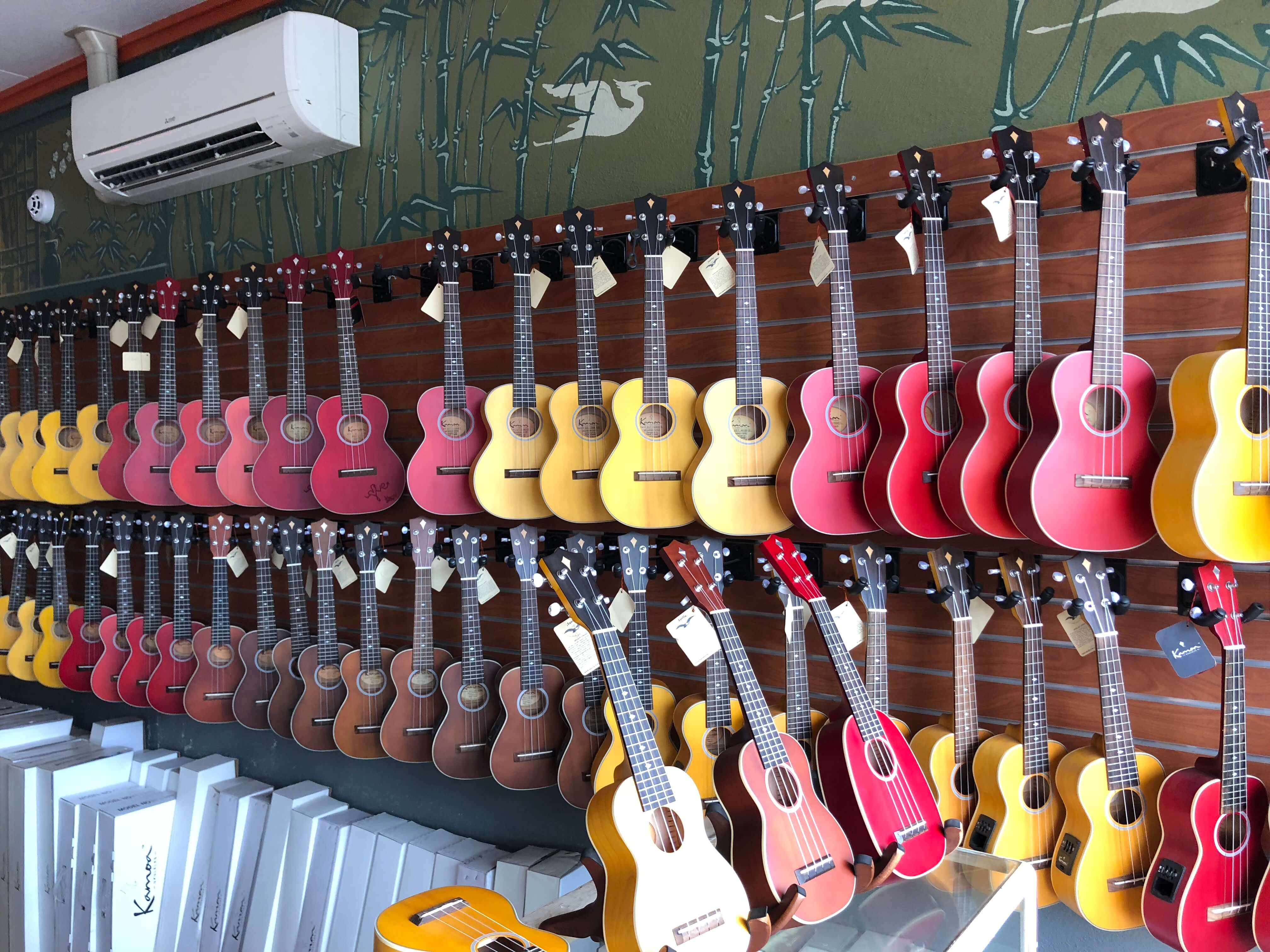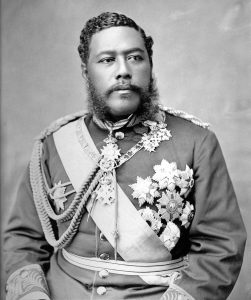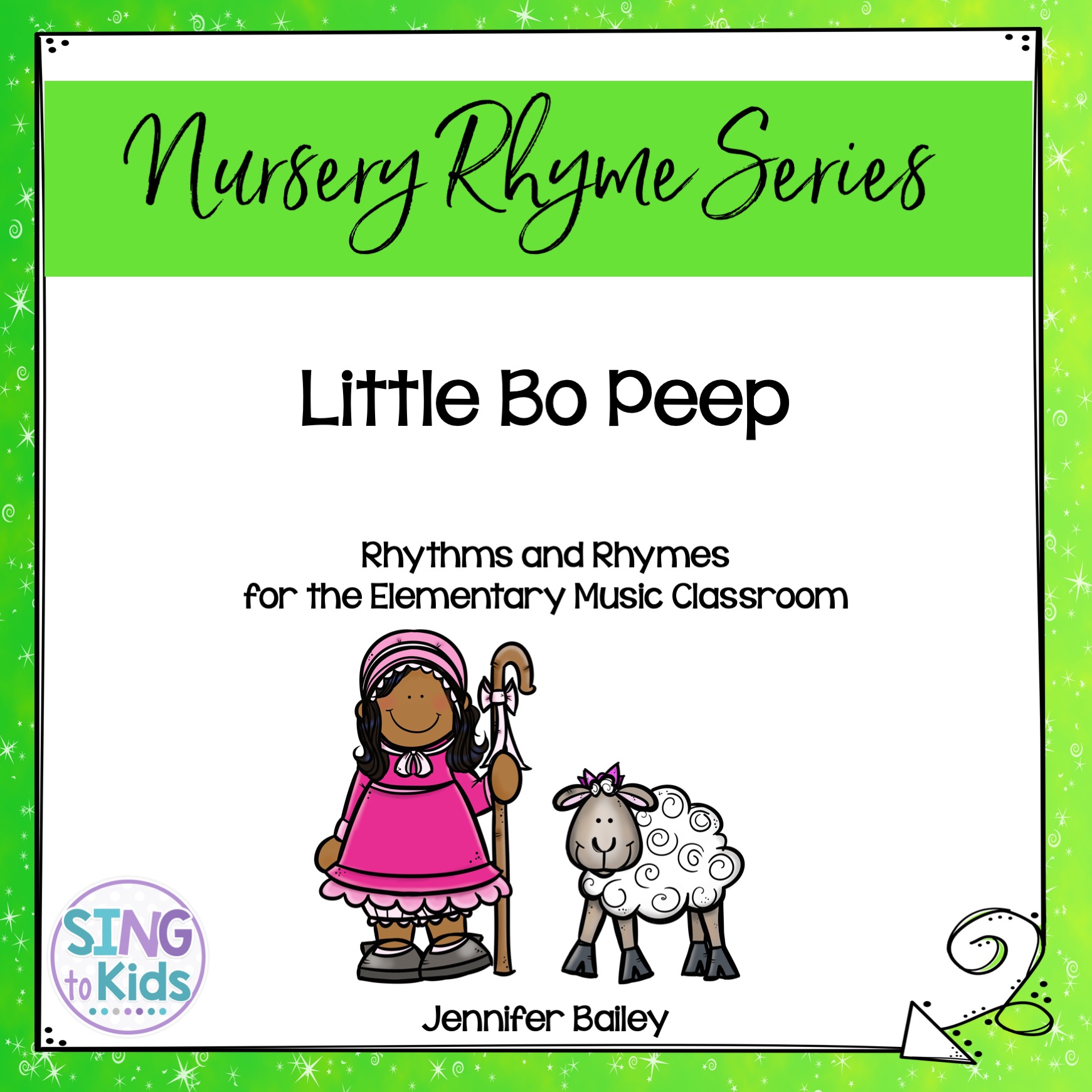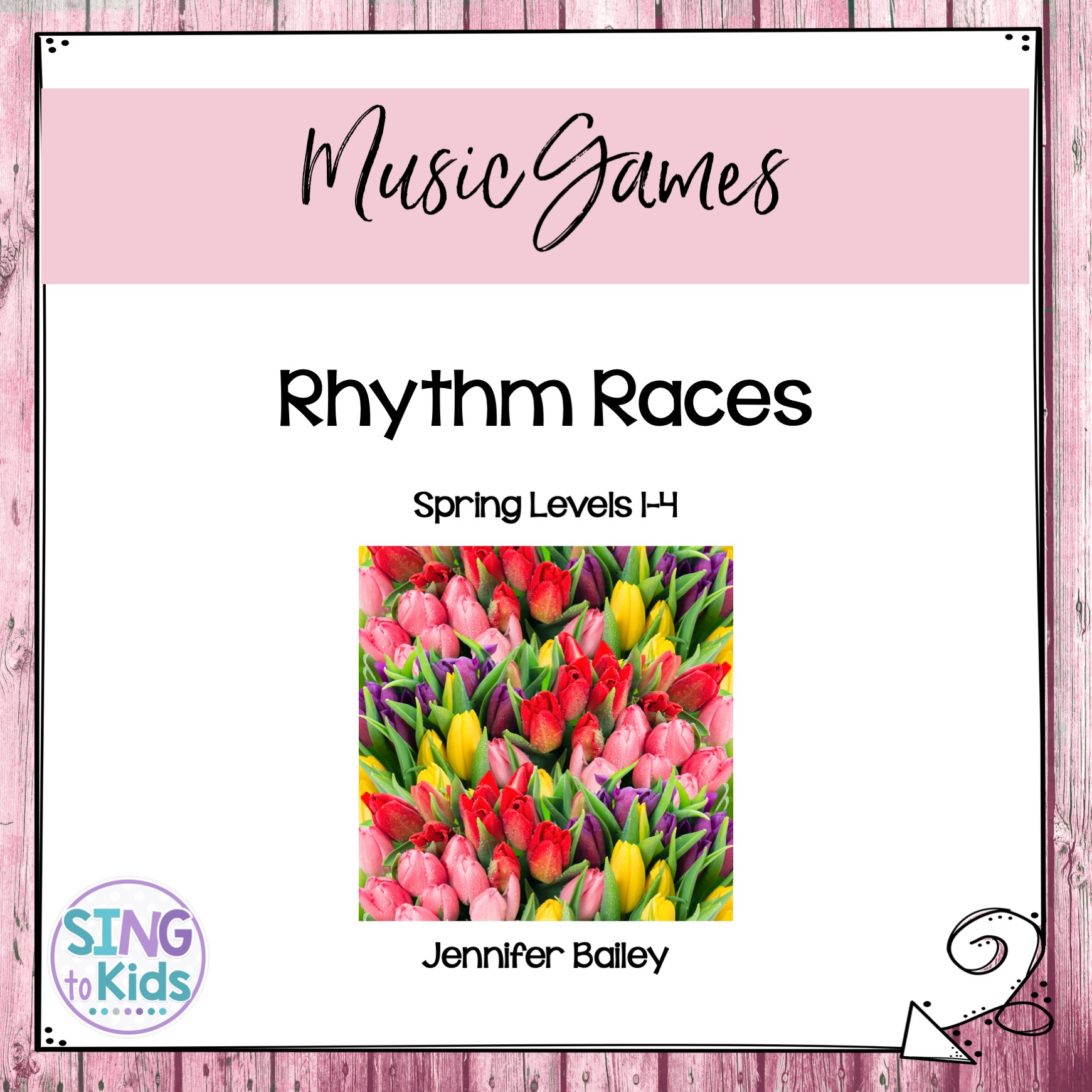The ukulele is most associated with the Hawaiian islands, but do you know its roots can be traced back to another island? The first, small 4-stringed instrument, called the machête, came from the island of Madeira, off of the coast of Portugal. The machête made its way to Hawaii as thousands of Madeirans immigrated to the Hawaiian islands to work in the sugar cane fields. Musicians sang and played the machête in the evening to entertain one another. It’s not known exactly when the ukulele was developed, but the first time it was mentioned in print was the late 1800s. Three Portuguese luthiers set up shops to create the instrument. The ukulele’s size and shape were based on the machête, but it’s tuning (G-C-E-A) was taken from another Portuguese instrument called the rajão. Of the three luthiers, only one, Manuel Nunes, trained apprentices. Nunes trained Samuel Kamaka, the founder of the Kamaka Ukulele and Guitar Works. The Kamaka family still owns Kamaka Ukulele and Guitar Works, located in Honolulu, Hawaii. If you’re in Honolulu, you can tour the facility daily at 10:30 am.

The Kamoa Ukulele Company in Kapaa, Kauai, Hawaii
If you get the chance to visit Hawaii, be sure to take a moment to visit one of the many ukulele shops. I learned so much simply by visiting shops and talking to the owners about the ukulele. I learned that Samuel Kamaka is credited with creating the pineapple shaped ukulele and that it has a much more mellow sound than the traditional ukulele. There are four well known Hawaiian brands – Kamaka, Kanil’ea, Ko’ola, and KoAloha. All four have distinct features that make them unique, but they are all hand made here on the islands. The materials used the make the ukulele can vary from spruce, koa, and mahogany. The instruments are heavier than the typical commercial instrument we might purchase on the mainland.

The Ukulele Site in Haleiwa, Oahu, Hawaii
The Polynesian Cultural Center on the island of Oahu has a beautiful display about the ukulele and how its made called the Ukulele Experience. If you can’t tour the Kamaka factory, then perhaps the Ukulele Experience is the next best thing. There you can see the process undertaken to make a ukulele and play many varieties of ukulele.

The Ukulele Experience at the Polynesian Cultural Center
A history of the ukulele would not be complete without mentioning King David Kalakaua, and his role in bringing prominence to the instrument. King Kalakaua (ka-LA-ko-ah), was a patron of the arts and had a special affinity for the ukulele. He often had musicians perform the ukulele at royal events. He encouraged Hawaiians to take up the instrument and played it himself. His daughter, Queen Lili’uokalani, wrote the famous Hawaiian song, Aloha Oe.

King David Kalakaua
Lastly, what does the name “ukulele” mean? Ukulele translates to “jumping flea,” referring to the quick way fingers move up and down the instrument as it is played. Want to learn more about the ukulele? Check out these resources:
The 4 K’s: Get to Know Hawaii’s Most Distinguished Ukulele Builders


















Love the Ukulele
Started playing 3 years ago. My friend and I built a club the Ukuholics of Yuma Arizona we are on Facebook
Started with 6 now at any given Thursdays we have 32 that come and play we donate $1 dollar each to Amvets
Thank you ukelady Lady of Yuma Arizona
I agree ???? with that.
Awesome!!
I have been playing ukulele for 2 ½ years since being introduced to the ukulele at the Summer North American Music Merchant (NAMM) show on Musician/Play Day. My 1st uke was a concert Cordoba Protegé, which has coloured stickers on it for teaching and 18 months later I purchased a semi acoustic/electric cutaway Lohanu uke which I play in performances and with my 2 church praise teams. Lohanu is a Canadian ukulele company. I started a Christian Ukulele Circle at my church.
Did you know that ukulele are all in different sizes and color